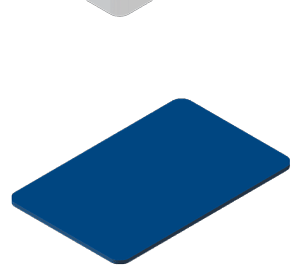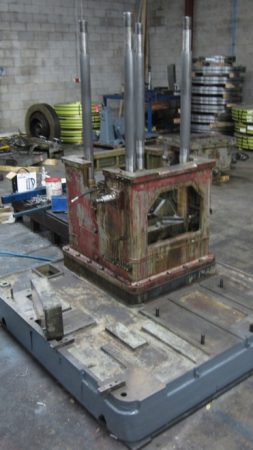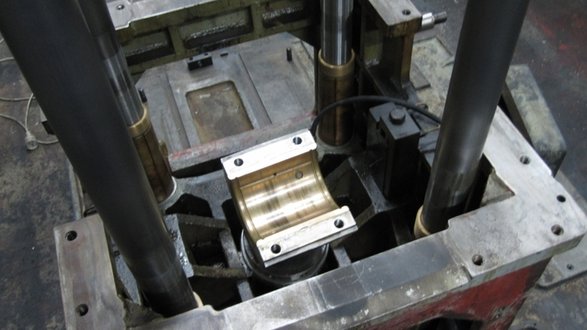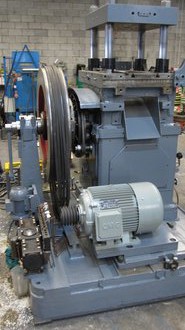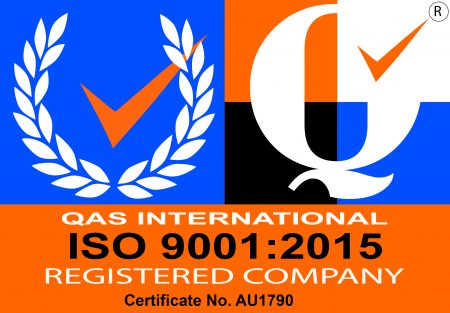The Rebirth of a Magnificent Press for Geneng
After completing my apprenticeship in the late 1970’s, I travelled overseas and worked for a company in Holland. This company used a variety of press types and amongst them were coining presses manufactured by CVA, Sussex, England. I was very impressed by these machines. They had standard features like a low center of gravity because the crankshaft was in the bottom section of the press, variable speed, pneumatic clutch, rack & pinion strip feeding and pulling, a strip cropper, air supported bottom bolster and adjustable, variable flow, positive pressure recirculating lubrication system. Up until that time I had mostly only been involved with ‘C’ Frame type presses and even though some of the CVA features were available on different ‘C’ Frame presses, I had never seen any press with all of these features.
Geneng had only been operating for a few years when we discovered a CVA press for sale. It had been used by a government owned plant known as The Lithgow Small Arms Factory. Not being well known in Australia very few people appreciated the benefits of the press so we were able to purchase it at a reasonable cost.
In the last couple of years, the machine had become quite troublesome and unreliable. It became obvious to us that if we were going to continue to keep our customers happy, we needed a new press. After nearly a year of searching we were unable to find a machine that had the same combination of stroke length, speed and tonnage capacity as our CVA. Every press we considered either had lesser specs or was massively expensive. At this point we decided to do a careful study of the press and find out exactly what was wrong with it.
The first check we did on the press was to measure the total amount of clearance there was in the crankshaft and con rod bearings. I have no idea how many cycles this press has done in its life, but I know for sure that for Geneng it has made many 10’s of millions of parts so we were absolutely amazed to find out that after all this time there was less than 0.20mm total clearance in all of these moving parts! We went on to find out that mechanically the press was still in really good condition. What was letting it down was the lubrication system, the pneumatics and electrics. All of these things were repairable or able to be upgraded and replaced. It was obvious then that we should fix the machine, not replace it.
Our CVA press had been built more than 50 years ago, and as we started the process of disassembling the press, it became very obvious to us that it had been designed by people who knew what they were doing and it was built by tradesman who cared about what they were doing. The quality build we found as we went through the process more than convinced us that refurbishing the machine was a very good business decision.
The machine is now nearly back together and it won’t be long before this magnificent piece of machinery is once again mass producing high quality metal stampings for our valuable customers.
John Giebels
Managing Director
